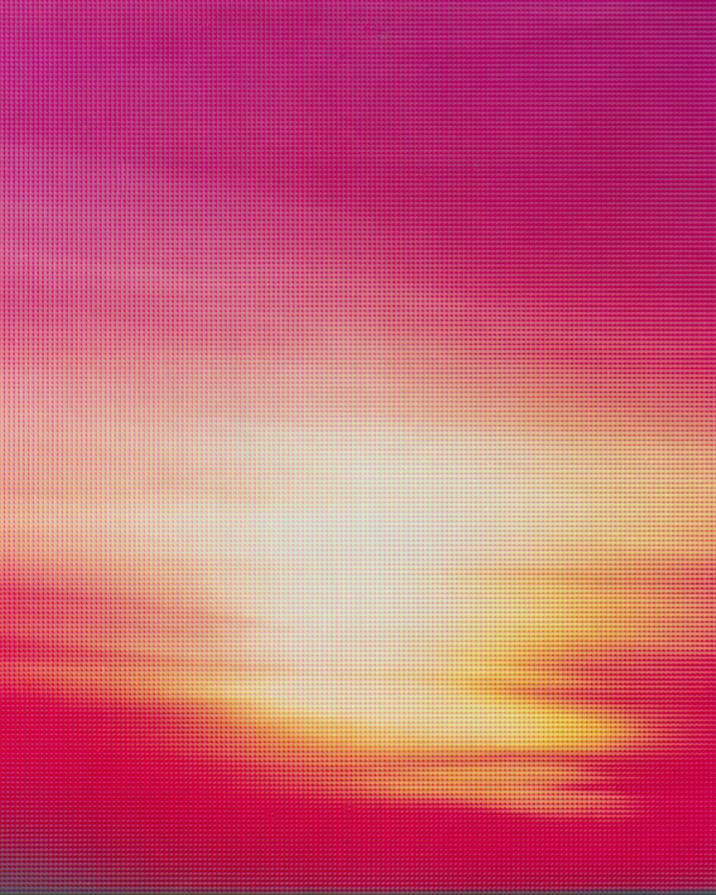
sungazing
2015 - Present
Sungazing is an atlas, a growing archive of photographic objects –around 150 to this moment– achieved through the physical transfer of time-lapses of sunrises and sunsets gathered from Youtube and other user created and sharing digital video sites onto large format negatives. It directly refers to the contemporary logics of generation, consumption and mass distribution of images, at a moment where everyone has well within their reach, tools that allow us to capture, process and share instantly, visual content –moving or fixed– that we consider symbolically and aesthetically meaningful enough to be integrated into the carefully curated feed of our online presence. Sunrises and Sunsets are a recurring theme.
In a process that refers directly to the Camera Obscura, large format color film, is exposed to the beam of an LCD projector, that prints the changing pixels of the source videos onto long exposures over the film, for the duration in which the sun travels through the selected framing.
The resulting images are formally guided by a grid –the result of the blowing up of a small pixelated part of the video source– which chromatic content is enhanced during the transference of one medium to the other. What we see on screen as a square with a uniform color, in the negatives, and subsequent c-prints is transformed into a micro pattern of colour spots whose referent are the RGB diodes with which the Projector emits the pixels of the original images.
The printed products of this process are C-Prints which respond to a personal exploration around the processes derived from the decisions made regarding the materiality of a photograph as something intrinsic to the conceptualization and execution of a project, not just as the support of an image, but as an integral part of an image becoming. In Sungazing the 4x5 plates become analog large format C-prints (measuring up to 2.00 m x 1.60 m.), as well as contact prints that can be arranged on a table by chromatic order. The use of analog methods surpasses any nostalgic or fetishistic uses of chemical photography. Here it allows me to highlight the changes happening in the transitions of a signal (from chemical, to physical, to digital, to physical, to chemical), as well as to highlight the particular reactions and chromatic qualities of the paper/emulsion composite typical of analog C-Prints. The products of Sungazing are “purely photographic” in the sense that the final image, achieved by a C-print process, is a part of its medium, it emerges from the paper in it’s exposure process, and is not overlapped on it as is the case on inkjet prints. Also, the notion of scaling, blowing up and cropping, have a completely different basis on the analog and the digital image; the juxtaposition of both modal logics (the pixel vs the grain) allows me to reflect upon our precise material/historical moment, where hibridization of processes still allow us to discover new modes of thinking, creating and observing.
By choosing sunrises and sunsets, shot, edited and uploaded by others onto youtube, I refer to the logics of generation, consumption and massive distribution of images today. Any person, anywhere in the world is now capable of shooting, processing and sharing visual content they deem important or significant enough. It is quite interesting how with everyone’s capabilities for capturing and creating any sort of images, the sun (it’s pass through the horizon, the colours it creates in the sky) attracts us enough to photograph it, and even more so, integrate it into what we expect the rest of the world to perceive of us through our social media feeds.
Using typology as a strategy –in the volume of images as well as in the repetition of general framing and compositions– establishes a dialectic relation between the individual image and the group. Approaching a project through volume gives preponderance to the group, it is through repetition that particularities are exalted in each image. Even though a sunrise and a sunset are the same phenomenon –once a day, everyday–, the specific conditions and the place they are perceived make them different and particular.
Framing the project as an atlas, allows me to ratify a personal position in which the immaterial content of the web, and the dynamic that happen from them can be treated the same way as the material political realm. It also offers great flexibility for exhibiting (it can be shown as unique large format pieces, dyptichs, lineal sequences) opening the field of possible relations between the photographic objects, multiplying its showing possibilities to different exhibit contexts.
For The Celeste Prize I present a series of 5 diptychs of sunrise/sunset combinations in variable measurements (no less than .80 m on the short side of each picture) and a proposal for a table full of photographic products result of the process of creating these images.
Rodrigo Alcocer de Garay, 2016
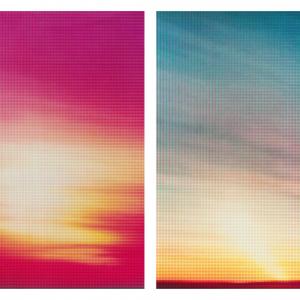
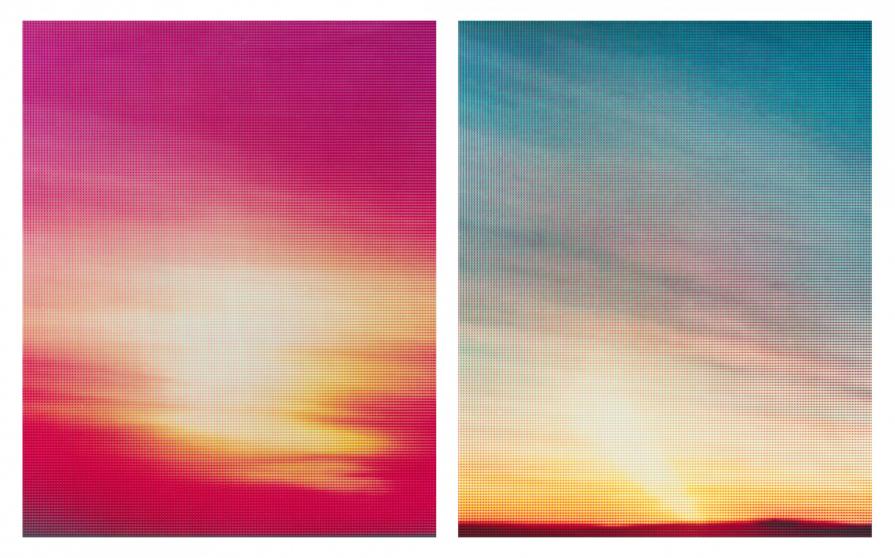

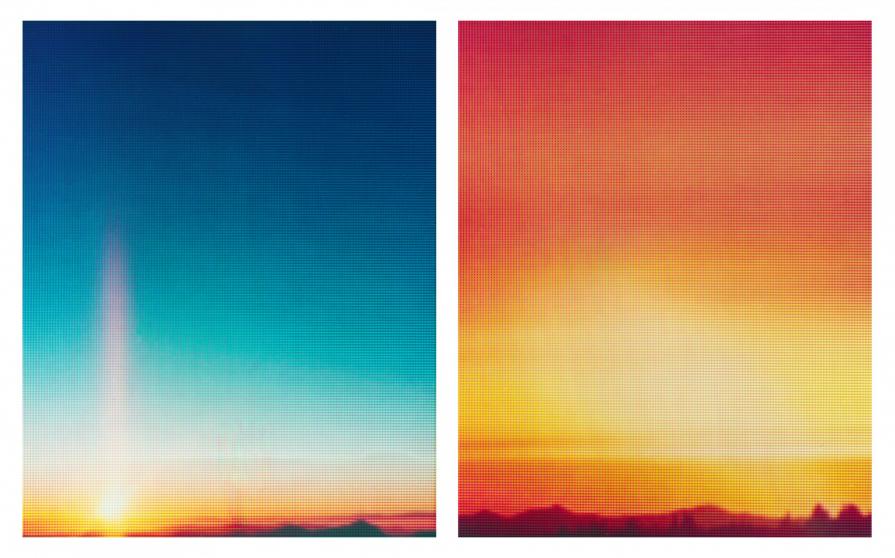
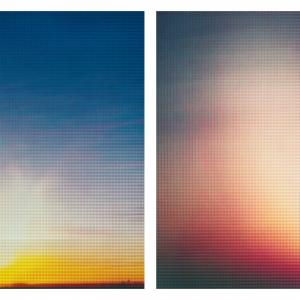
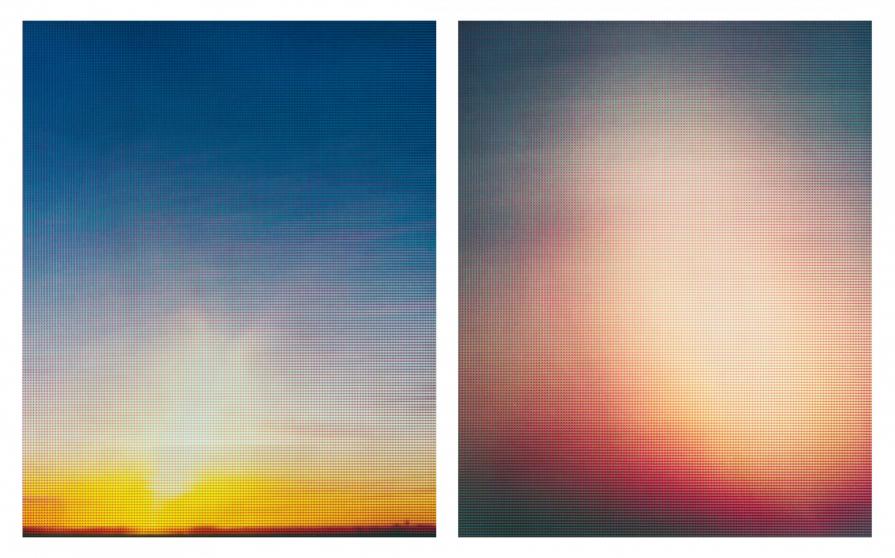
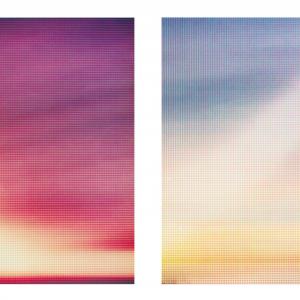
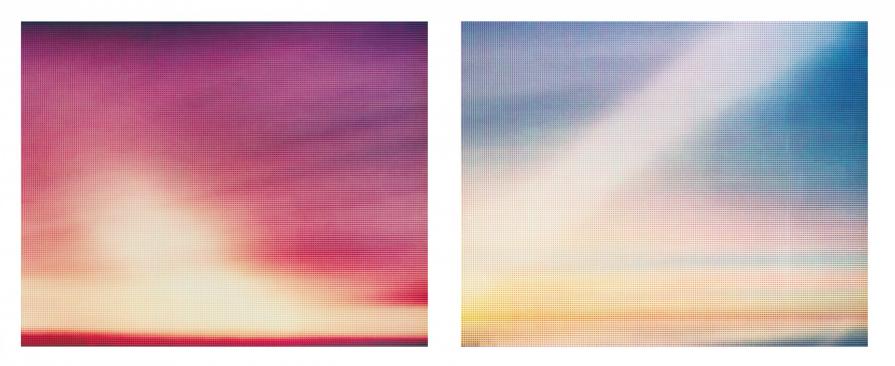
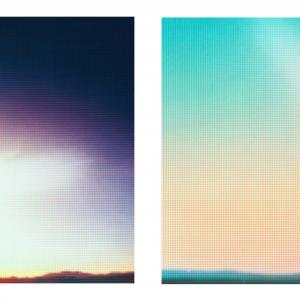
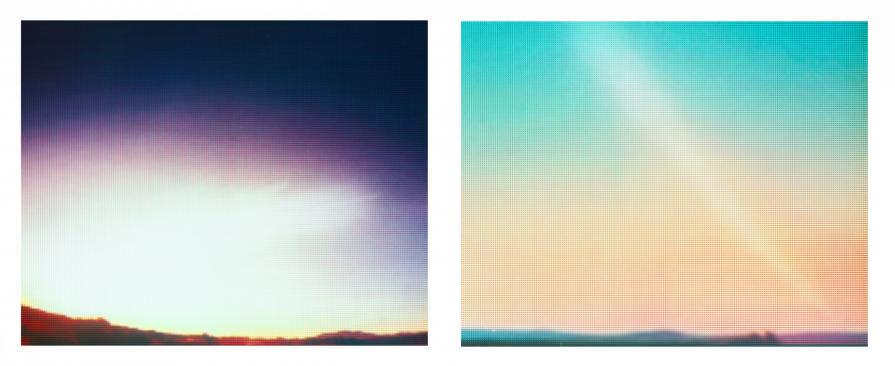
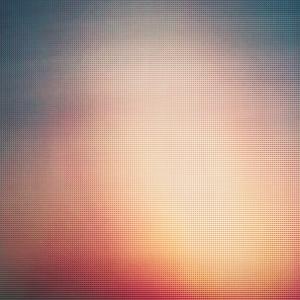
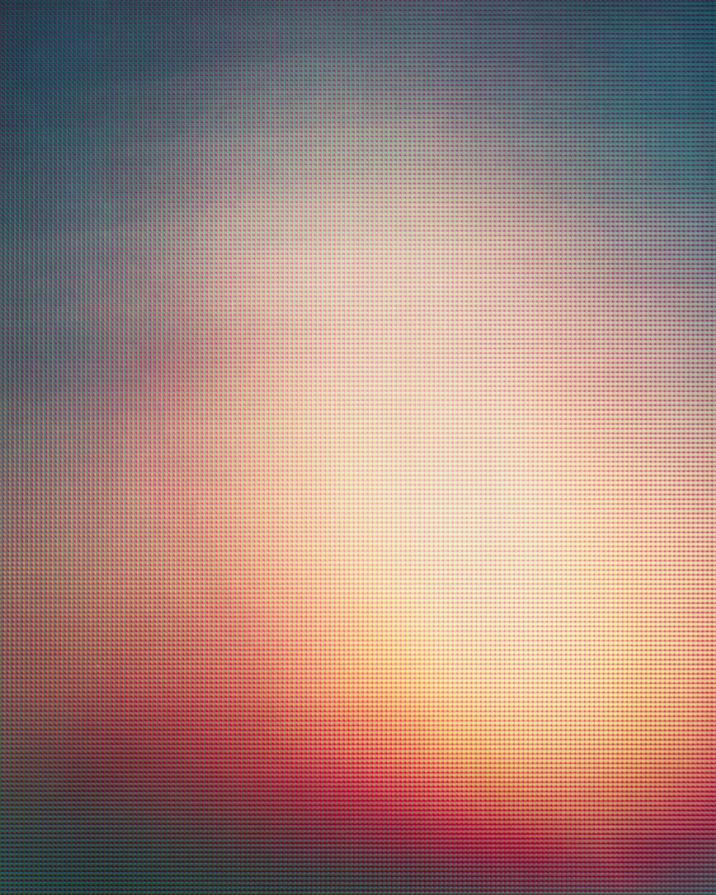
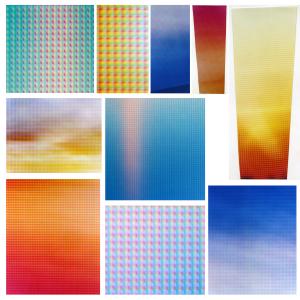
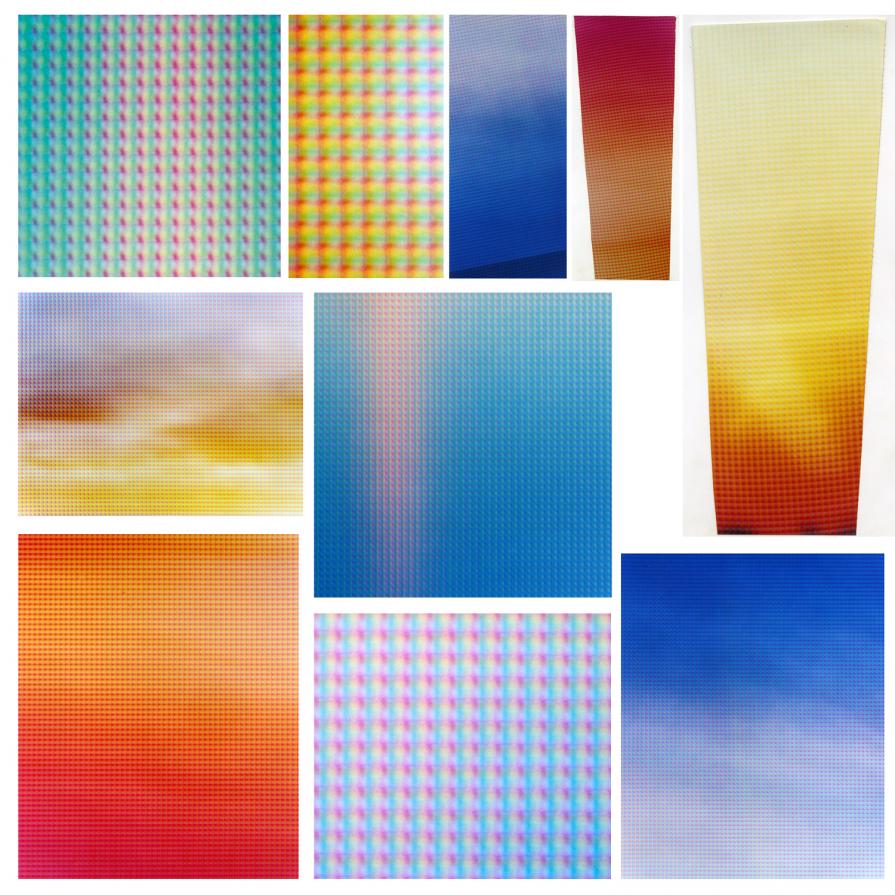
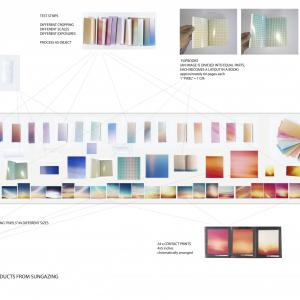

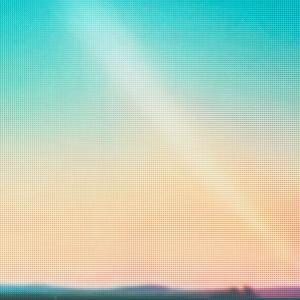
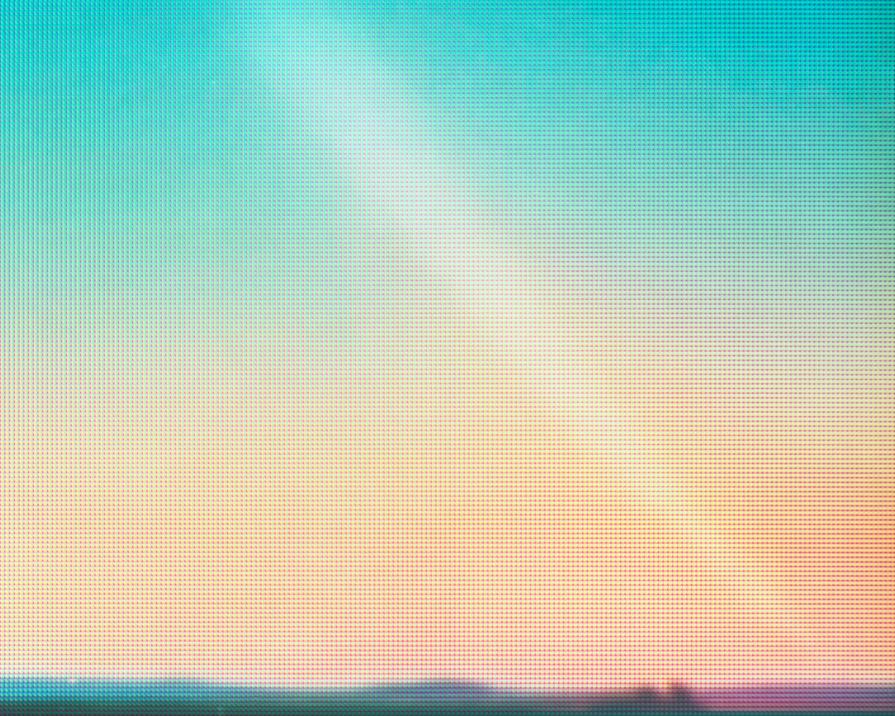









Comments 0
Say something